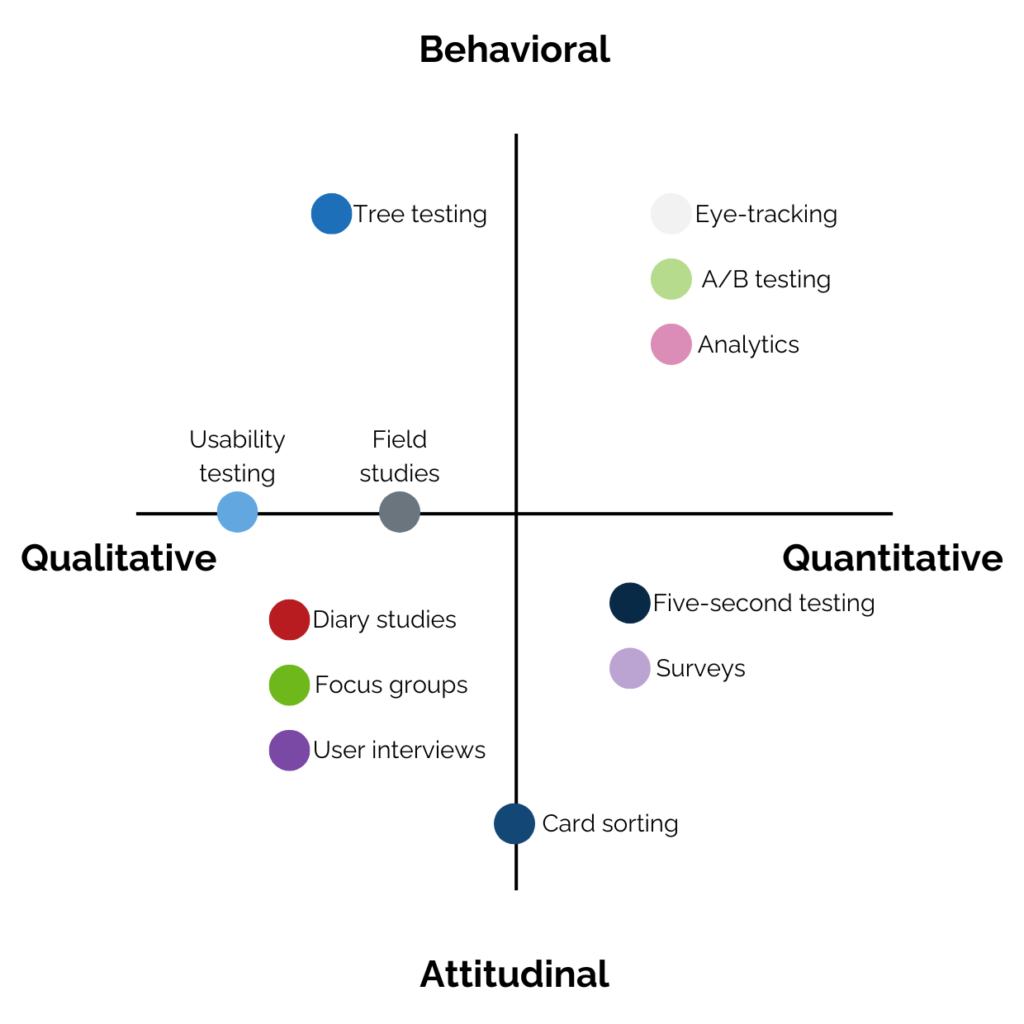UX research for user-centred product design
UX research lays the foundation for products that closely match user expectations, creating a seamless and enjoyable user experience. Identifying specific user needs and preferences ensures that every aspect of product design is focused on increasing satisfaction and keeping the user engaged.
By collecting and analysing user feedback, companies can respond directly to the wants and needs of their target audience. This process enables organisations to continuously refine their products, leading to higher user satisfaction and loyalty. The result is a stronger brand and a greater chance of success in competitive markets.




